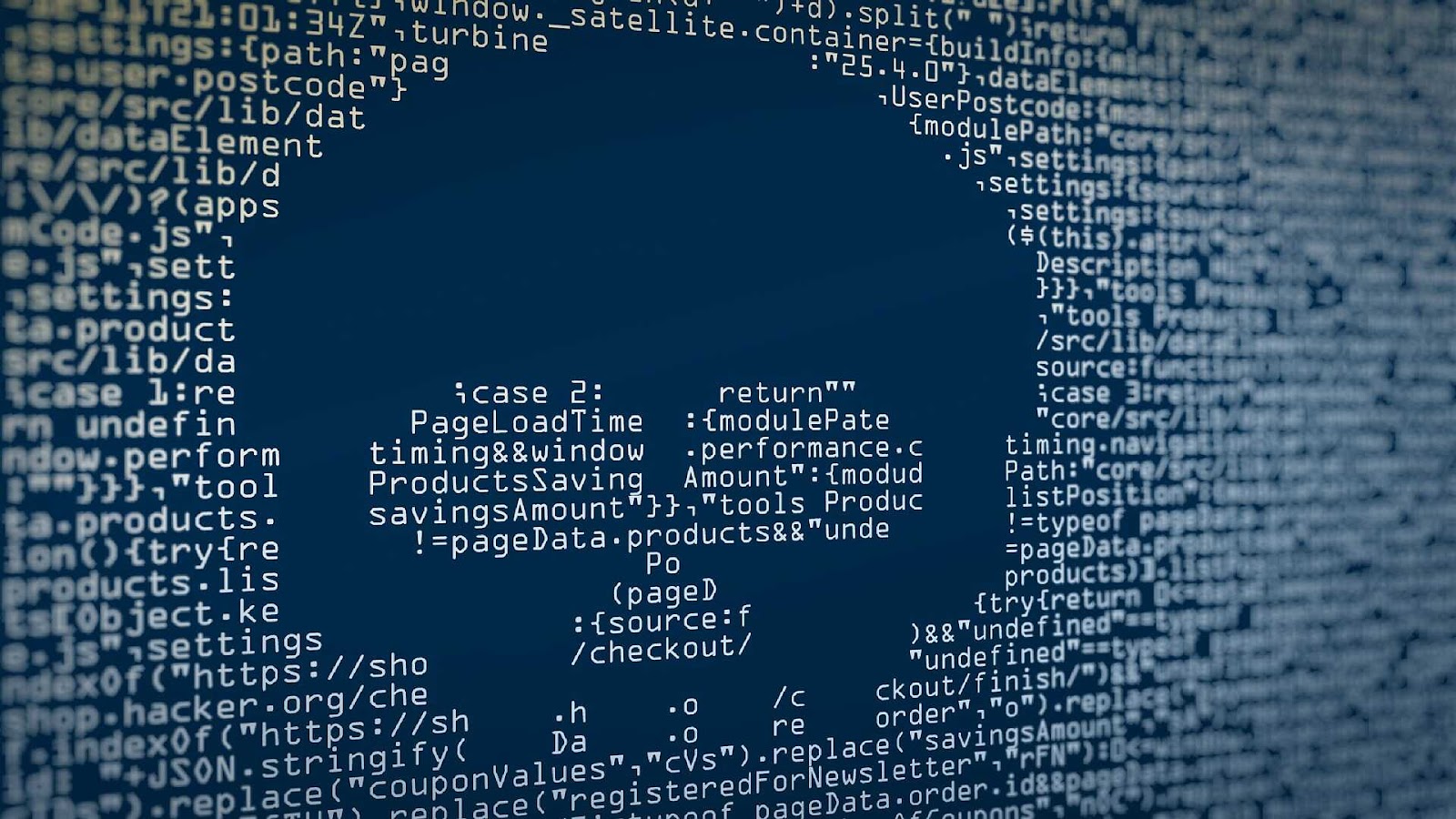In todays digital age, the rise of malicious content online poses a significant threat to individuals, businesses, and society as a whole. As the volume of content on the internet continues to grow exponentially, so too does the challenge of identifying and combating harmful material.
Fortunately, advancements in artificial intelligence technology have paved the way for innovative solutions in the field of content detection. By leveraging AI detectors, organizations can now effectively pinpoint and mitigate the spread of malicious content across various online platforms.
This groundbreaking technology not only streamlines the process of content moderation but also enhances the overall safety and security of online environments. In this article, we will explore the impact of AI detectors in identifying and combating malicious content online, shedding light on the critical role they play in safeguarding the digital landscape.
Introduction to AI Detectors for Online Content Detection

In the rapidly evolving landscape of online content, the need for AI detectors to identify malicious content is more crucial than ever. As the internet becomes flooded with a vast array of information, distinguishing between genuine and harmful content has become increasingly challenging.
AI detectors play a vital role in sifting through this digital noise, using sophisticated algorithms to analyze and detect suspicious patterns. By leveraging the power of artificial intelligence, online platforms can better protect their users from harmful content such as fake news, scams, and hate speech. This article will explore the role of AI detectors in online content detection and discuss their importance in maintaining a safe and reliable online environment for all users.
Understanding Malicious Content and its Impact

Understanding malicious content and its impact is essential in todays digital landscape, where the proliferation of harmful online content poses a serious threat to individuals and organizations alike. Malicious content can take various forms, including phishing scams, malware, misinformation, and hate speech.
The impact of such content can be far-reaching, causing financial loss, reputational damage, and even physical harm. Recognizing the signs of malicious content and implementing effective detectors to identify and combat it is crucial in safeguarding against these threats.
By leveraging AI technology to detect and analyze malicious content online, businesses and individuals can better protect themselves and mitigate the risks associated with these harmful materials.
How AI Detectors Identify Malicious Content

AI detectors rely on intricate algorithms to identify malicious content on the internet. These detectors analyze vast amounts of data and text to distinguish harmful material from legitimate content. One key feature that sets AI detectors apart from human analysts is their ability to maintain a consistent level of sentence structure and complexity.
While humans tend to write with a mix of sentence lengths and complexities, AI detectors stick to a more uniform pattern. By detecting patterns and anomalies in the text, AI detectors can quickly flag suspicious content for further review, helping to keep online platforms safe for users.
Conclusion
In conclusion, the use of AI detectors to identify malicious content online is a powerful tool in the ongoing battle against cyber threats. These advanced systems have the ability to swiftly analyze vast amounts of data, flagging potentially harmful content before it can cause harm.
By utilizing AI detector free technologies, organizations can greatly enhance their cybersecurity measures and protect themselves and their users from falling victim to malicious attacks. As the digital landscape continues to evolve, the importance of leveraging AI detectors to stay ahead of malicious actors cannot be overstated. It is imperative for organizations to invest in these cutting-edge technologies to safeguard their online presence and prevent potential security breaches.


